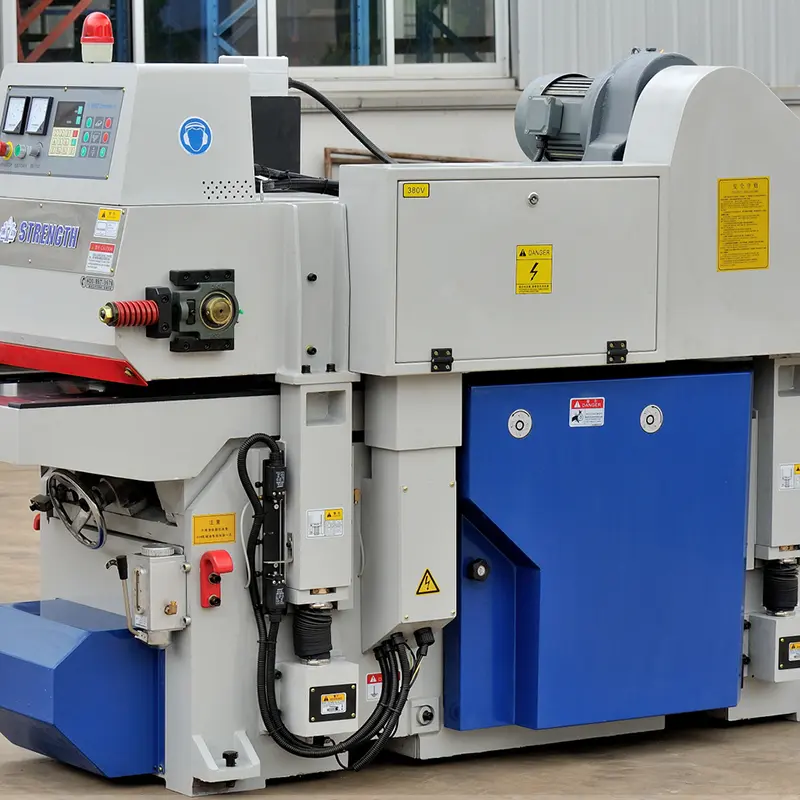Carpentry is an important part of carpentry and plays a vital role in creating strong and durable wooden structures. From traditional methods to innovative applications, woodworking continues to evolve, unlocking the potential of woodworking and offering a wide range of possibilities for creating unique and functional pieces. In this article, we’ll explore the traditional techniques of joinery and delve into innovative applications that are revolutionizing the woodworking industry.
traditional joinery techniques
Joinery has a long history, with traditional techniques passed down from generation to generation. These techniques rely on the skill and precision of carpenters to create strong and seamless joints. Some of the most common traditional joinery techniques include:
Mortise and Tenon: This classic method of joining involves a tenon, a protruding piece of wood that fits into a mortise (corresponding hole). It is widely used in furniture manufacturing, providing excellent strength and stability.
Dovetail joints: Dovetail joints are known for their resistance to pulling apart and are often used in drawer structures. The interlocking teeth of a dovetail provide a strong and durable connection.
Finger joint: also called box joint, finger joint is often used in box structure. They provide a large bonding surface, making them ideal for joining long pieces of wood.
Lift splices: Lift splices are similar to mortise and tenon joints, but are used to join pieces at right angles. They are often used in table and chair structures.
These traditional joinery techniques require a high level of skill and precision, and if executed correctly they produce joints that are strong, durable and visually appealing.
Innovative applications for woodworking
While traditional joinery techniques continue to be valued for their strength and craftsmanship, innovative applications have expanded woodworking possibilities. Advances in technology and materials have led to the development of new methods and tools, revolutionizing the way wood connectors are used. Some innovative applications for wood connectors include:
CNC Machining: Computer Numerical Control (CNC) machines have changed the way wood connectors are manufactured. These machines can precisely cut and shape wood to create intricate joinery, allowing for complex and precise designs that were once difficult to achieve by hand.
Adhesive bonding: Modern adhesives have significantly expanded the capabilities of wood connectors. High-strength adhesives, such as epoxies and polyurethane glues, can create incredibly strong bonds between pieces of wood, eliminating the need for traditional joinery in some applications.
Pocket hole joinery: Pocket hole joinery involves drilling an angled hole in a piece of wood and attaching it to another piece of wood using self-tapping screws. This method is quick, easy, and provides strong joints, making it popular in cabinet and furniture construction.
3D Printing: The advent of 3D printing technology has opened up new possibilities for creating custom wood joints with complex designs. This technology allows the production of unique and complex joinery that was previously difficult to achieve through traditional methods.
These innovative applications of woodworking expand the capabilities of woodworkers, enabling greater creativity, efficiency, and precision in the construction of wooden structures and furniture.
Unleashing the potential of woodworking
The combination of traditional techniques and innovative applications unlocks the potential of woodworking, providing woodworkers with a variety of options for creating high-quality custom wood products. By utilizing traditional craftsmanship and modern technology, woodworkers can balance the timeless beauty of traditional joinery with the precision and efficiency of innovative methods.
Additionally, the versatility of woodworking allows for the creation of intricate designs that push the boundaries of woodworking techniques. From custom furniture to architectural elements, woodworking plays a vital role in turning creative visions into reality.
In addition to their functional role, timber connectors also help enhance the aesthetics of timber structures. Carefully crafted joints can enhance the overall design and beauty of a piece, showcasing the skill and artistry of woodworking.
in conclusion
Carpentry is a fundamental aspect of woodworking that bridges the gap between tradition and innovation. Traditional techniques uphold the time-honored craftsmanship of woodworking, while innovative applications expand the possibilities and capabilities of woodworking, allowing for greater creativity and efficiency in the construction of wooden structures and furniture.
As the woodworking industry continues to evolve, woodworking will undoubtedly remain a cornerstone of the craft, providing woodworkers with the tools and techniques to turn their creative visions into reality. Whether through traditional handcrafted joinery or cutting-edge technological advancements, artisan woodworkers continue to unlock the potential of woodworking, inspiring the creation of unique and long-lasting wood products.
Post time: Aug-21-2024

